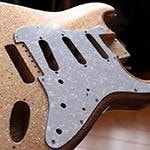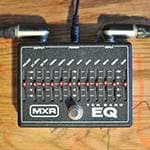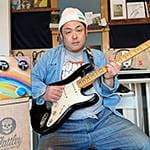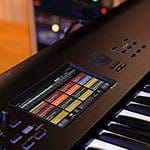Hello.
This is Mieno, the bassist for the Hammond Organ instrumental band "BANANA NEEDLE".
This time, I'm going to write about the "number of strings" and "instrument length", topics that you might be hesitant to ask about now.
First, let's talk about the number of strings.
When I started playing bass, there weren't many multi-string options, so I started with a 4-string.
Even now, I think it's often said that you should start with a 4-string, but personally, I think you can start with any number of strings.
When you first start playing an instrument, you can't play it no matter how many strings it has.
However, 5-string and 6-string basses have thicker necks and tend to be heavier than 4-string basses, so if you're starting with a multi-string, be prepared and give it your all!
Also, the more strings there are, the more expensive the replacement strings are (lol).
Currently, the mainstream basses on the market have the following number of strings:
4-string:
5-string:
6-string:
While there are other options out there, like 1-string basses or even 7- or 8-string behemoths, the electric bass was originally created as an electric version of the double bass, which is why the standard is 4 strings.
It's no coincidence that "Bass Day" is celebrated on November 11th (four 1's, get it?).
Fender released the Precision Bass and Jazz Bass in the 1950s and 60s, solidifying the electric bass as a staple instrument. But as music evolved, particularly with the rise of keyboard-driven songs, bassists needed to cover lower notes that were beyond the range of a 4-string. That's where the 5-string bass came in!
So, 5-string basses usually have one extra string lower than a 4-string.
I think 6-string basses were popularized by players who wanted a higher range for solos and chords.
Essentially, the basic 6-string bass is a 5-string bass with an added high string tuned higher than the 1st string of a 4-string bass.
Of course, there are many variations, such as 5-string basses with an added high string instead of a low string (high C tuning), but I'm talking about the basic specifications here.
Since it's the same instrument, you might think that if you can play one, you can play them all, just with a different number of strings. However, changing the number of strings, such as from 4 to 5 or 5 to 6, can make the transition (switching) quite challenging.
By the way, I don't own a 6-string, so if I were to hold one with 6 or more strings, I would probably freeze up (lol).
If the bassist in the genre or band you want to play in uses a 5- or 6-string, some tablature may be written for 5 or 6 strings, so if you're wondering which instrument to buy, it might be a good idea to count the number of strings your favorite bassist uses.
Also, although it may be less obvious than the number of strings, there are also several types of instrument lengths (scales) available.
Basically, the first bass that Fender released was 34 inches (863.6 mm, long scale), so many instruments are based on that standard, but there are also instruments with shorter lengths, such as short scale and medium scale.
Ah, so you've noticed that Ashdown makes instruments too!
That short-scale bass is cute, isn't it?!
Generally, instruments with shorter scales than long scales are easier to play.
It's especially easier on the left hand!
It's also perfect for guitarists who occasionally play bass.
Speaking from a bassist's perspective, when the scale length is shorter, the string tension is different from that of a long-scale instrument, resulting in a unique low-end feel that I personally like.
However, once you get used to a short scale, a regular long-scale instrument might feel large.
You're right, 5-string short scales have their own unique appeal!
And as you mentioned, there are also super long scale and extra long scale basses that exceed 34 inches, going in the opposite direction of short scales.
Why make them longer? Well, one reason is string tension. Shorter scales decrease tension, while longer scales increase it. Higher tension generally results in quicker note response and a clearer sound. I believe that when 5-string basses gained popularity, longer scale lengths were introduced partly to prevent the low B string from sounding muddy or indistinct.
Various manufacturers offer basses with different scale lengths, such as 36 inches or 34.5 inches, each presenting what they consider the ideal length. These longer scales might be a good fit for bassists who prioritize a bright and well-defined tone.
However, with longer scale lengths, reaching the first fret on the lowest string can feel quite far, so be prepared for a bit of a stretch!
That's where fanned-fret basses, with their frets arranged in a fan shape, come into play.
A key characteristic of fanned-fret basses is that the scale length differs between the lower and higher strings, allowing each string to produce its own unique sound.
They are easier to play than they look, and it's possible to switch smoothly from a regular instrument to a fanned-fret bass. However, playing chords might take some getting used to.
Recently, many bassists in technical genres have been using them, but I used to often see studio bassists using them in pop music and Black music.
Perhaps fanned frets have become a standard feature now.
So, what did you think of this "Things You Might Be Afraid to Ask" series?
It's still only the first installment in the series, though (lol).
I hope you all find the instrument that's right for you and have a fun musical life!
See you later!
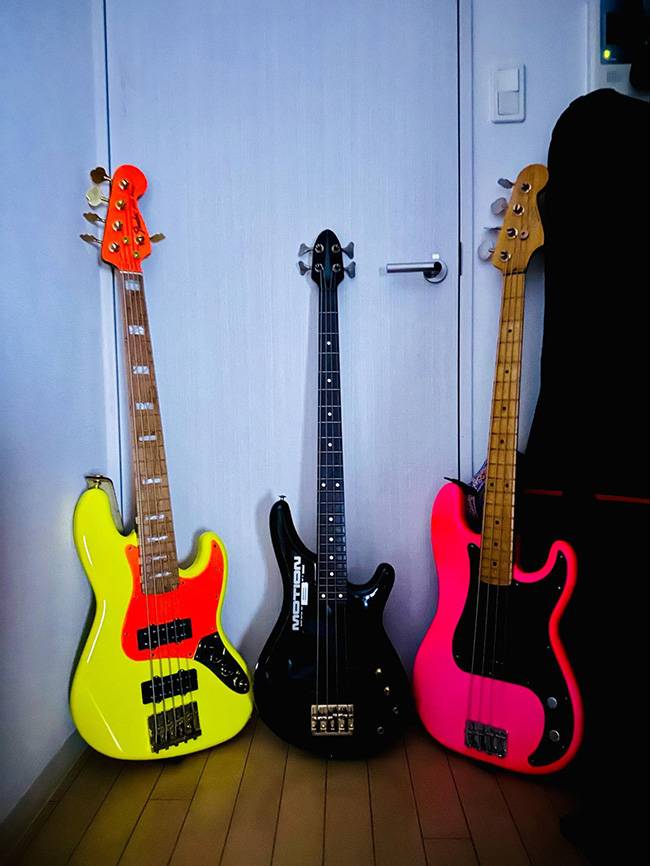
The “sound & person” column is made up of contributions from you.
For details about contributing, click here.





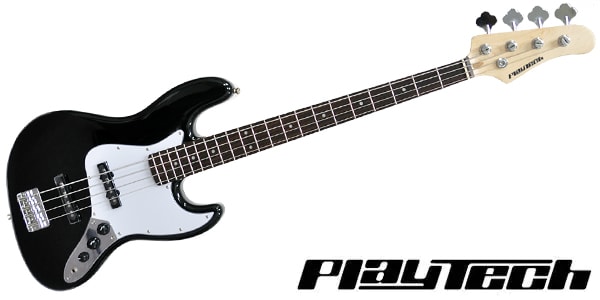
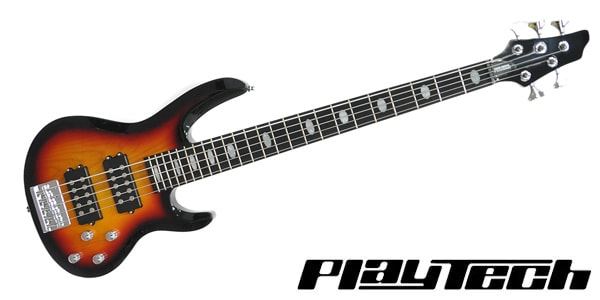
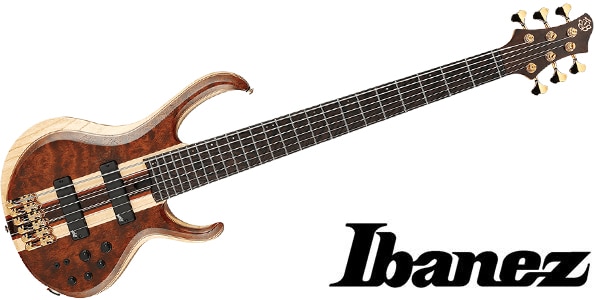
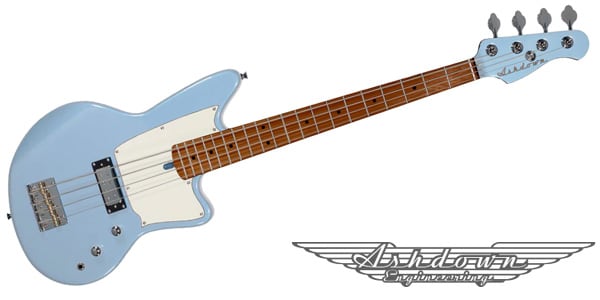
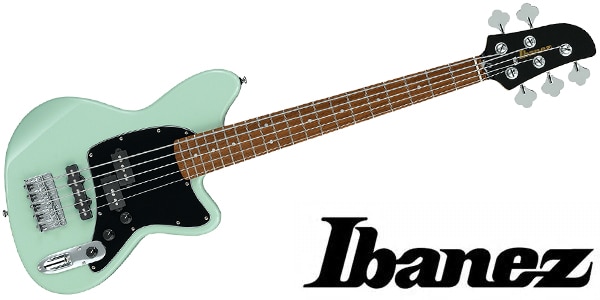
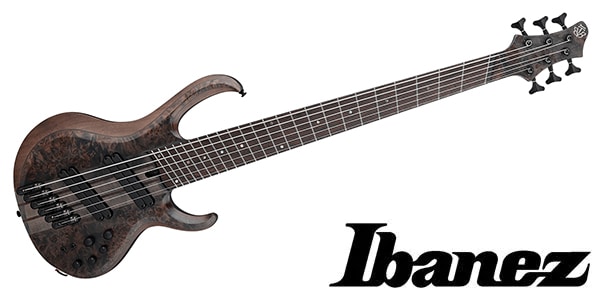




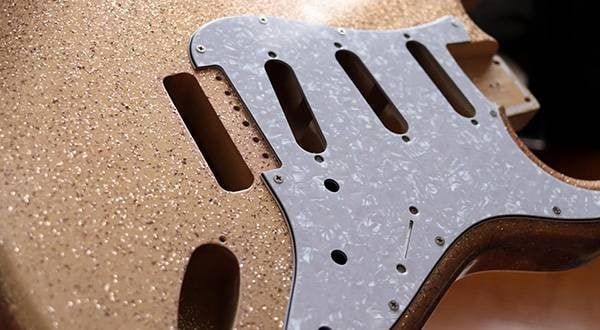
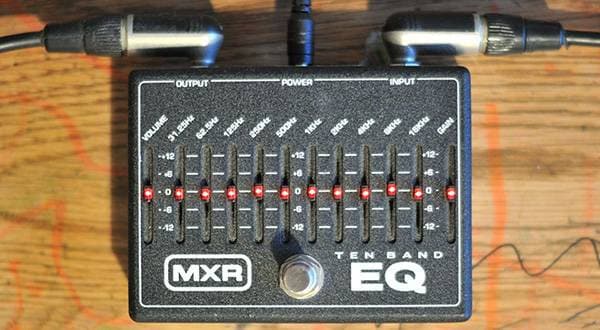
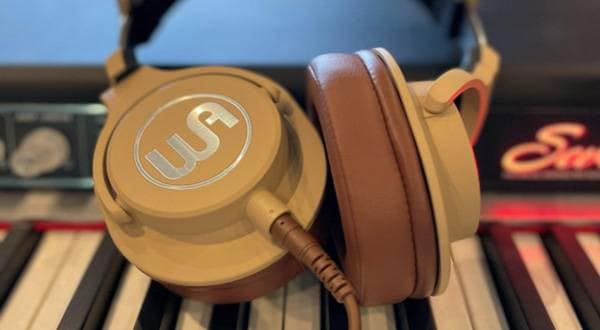

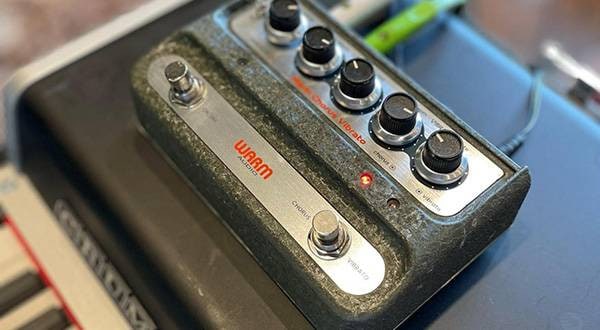
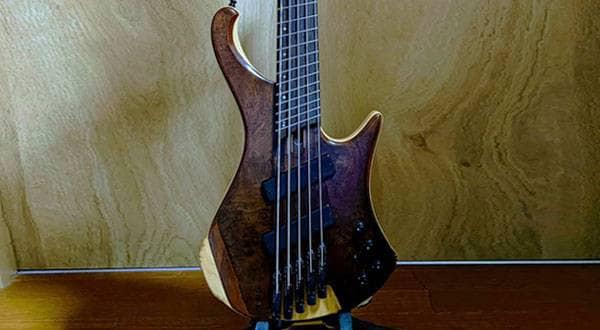
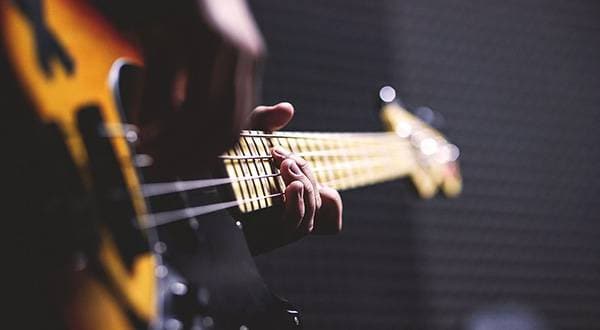
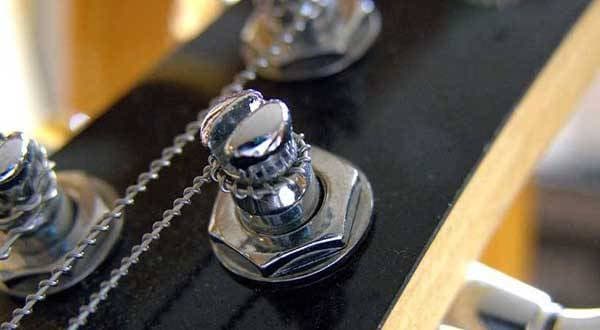
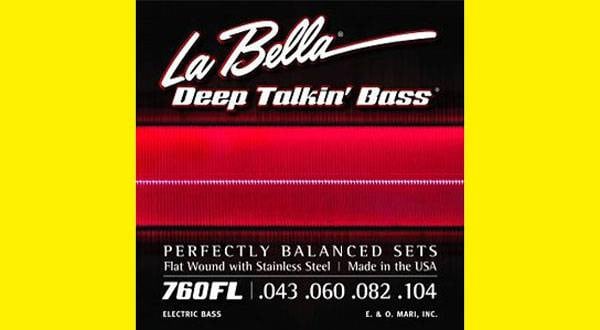
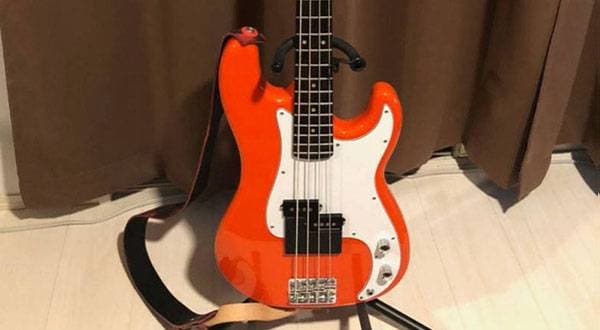
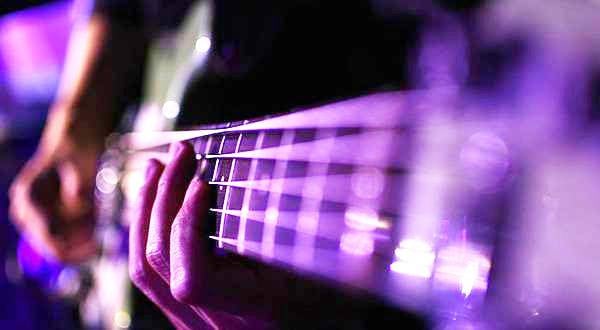
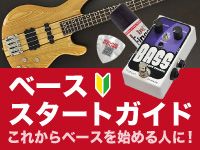 ベーススタートガイド
ベーススタートガイド
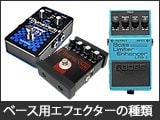 ベース用エフェクターの種類
ベース用エフェクターの種類
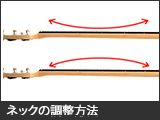 ネックの調整方法
ネックの調整方法
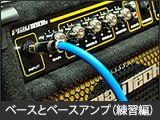 ベースとベースアンプ(練習編)
ベースとベースアンプ(練習編)
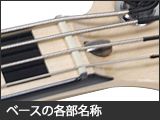 ベースの各部名称
ベースの各部名称
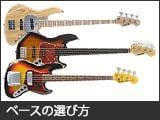 ベースの選び方
ベースの選び方
